Russian fighter jet intercepts two US nuclear capable bomber aircraft close to border
Moscow has said it scrambled a fighter jet as two nuclear capable US B-52s flew in international waters close to the Russian border.
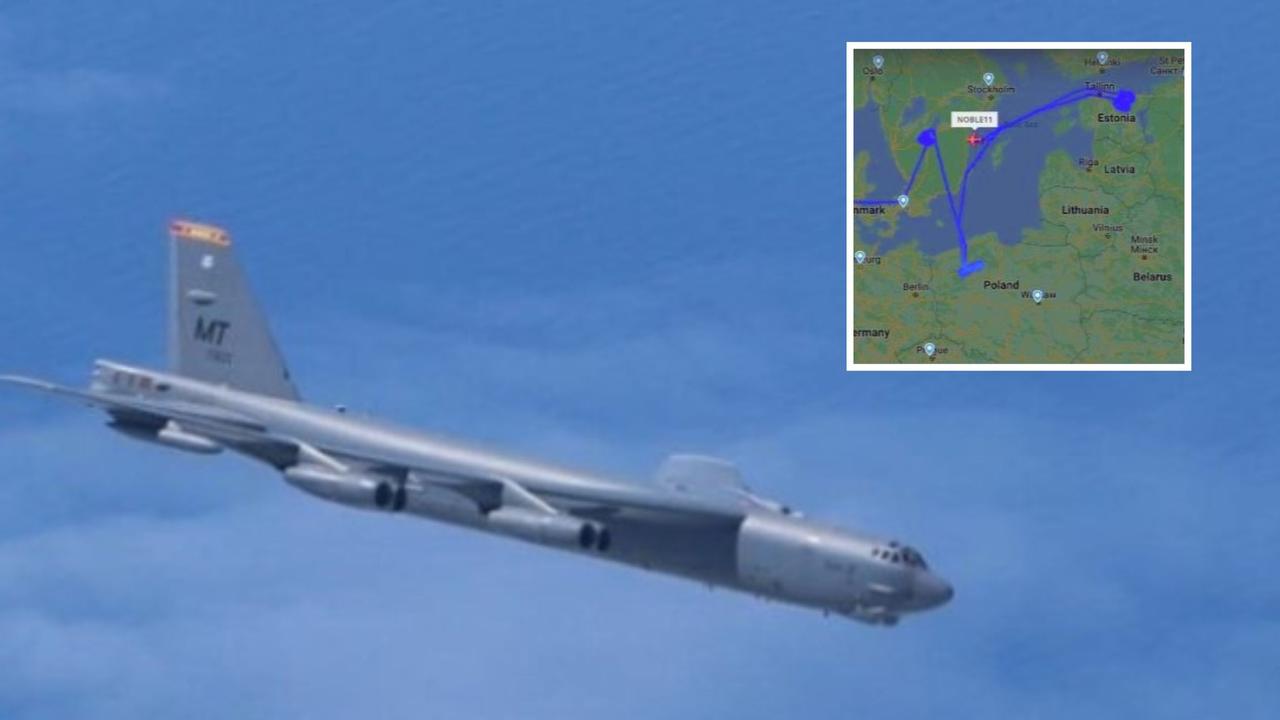
A Russian fighter jet intercepted US nuclear capable bombers just days after an American drone was dramatically brought down.
Footage taken from the Russian Su-35 jet shows it flying beside one of two massive B-52 Stratofortresses as they fly in the vicinity of Russian airspace, in the first encounter between the sides since the drone clash.
The giant planes headed over the Baltic Sea to NATO member Estonia, on the border with Russia, before heading back west.
Russia’s second city of St Petersburg lies on the Baltic.
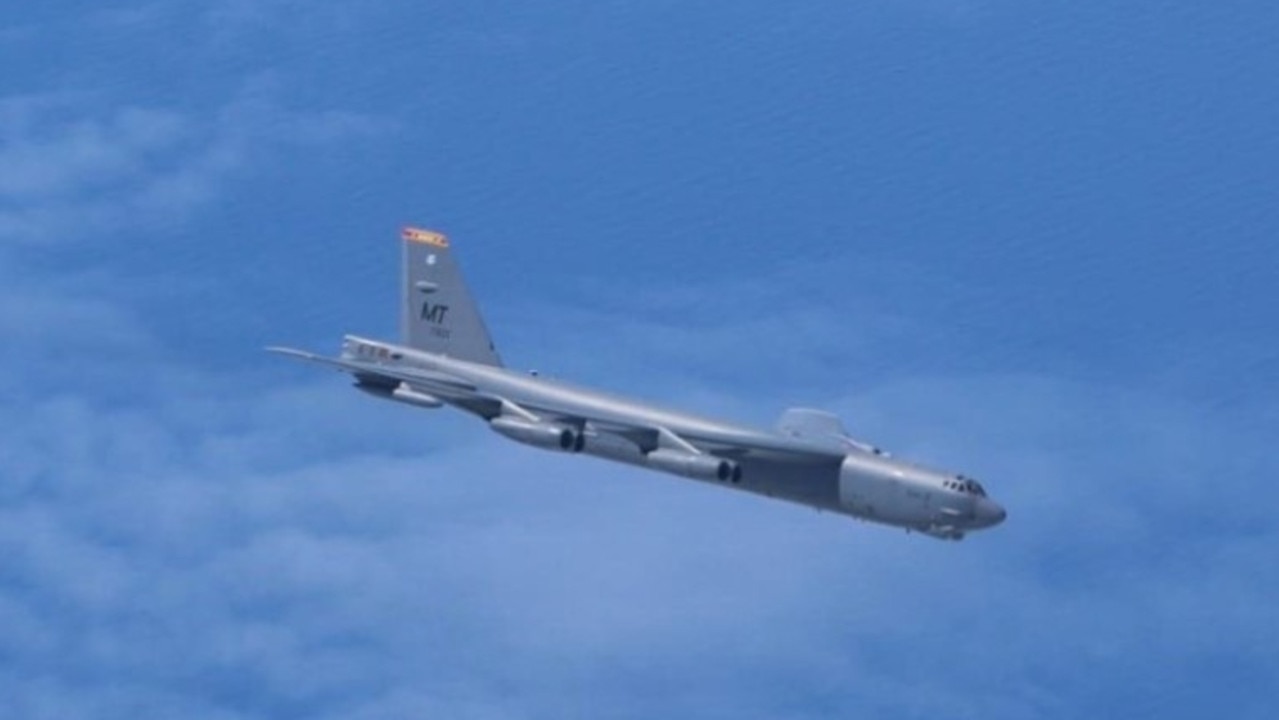
It comes as NATO jets have closely observed Russian government and military planes off the coast of Estonia in the past week as they have flown to the Russian exclave of Kaliningrad sandwiched between Poland and Lithuania.
Before the B-52s were joined by Moscow’s planes over international waters in the Baltic Sea, a photo showed them being escorted by Polish F-16 jets, reported The Sun.
On Tuesday, Russia’s defence ministry said its radar detected two targets which were identified as US Air Force B-52H bombers, the state-owned TASS news agency reported.
The ministry said a Su-35 fighter jet took to the air in order to prevent a border violation.
After that “the foreign military aircraft moved away from the Russian Federation state border, the Russian fighter returned to its base airfield”.
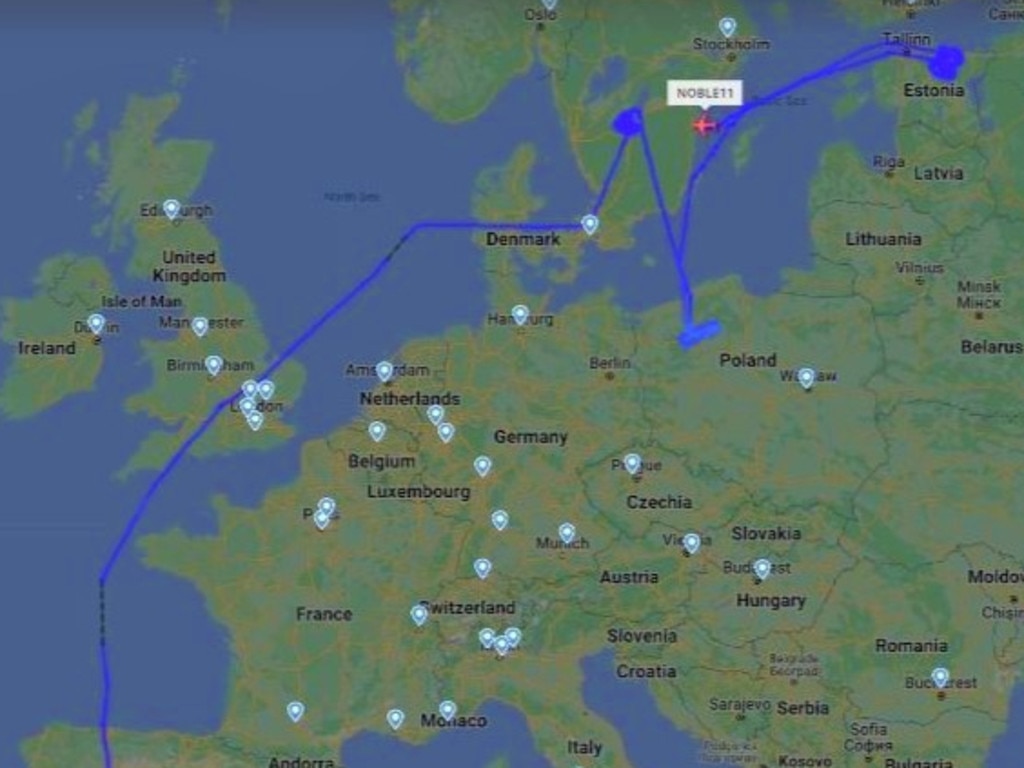
The Su-35’s flight was strictly in line with international rules of the use of airspace during Monday’s incident, added the ministry.
“No violation of the state border of the Russian Federation was permitted,” it said.
The Russians didn’t reveal where the Su-35s flew from but some are known to be based in Kaliningrad.
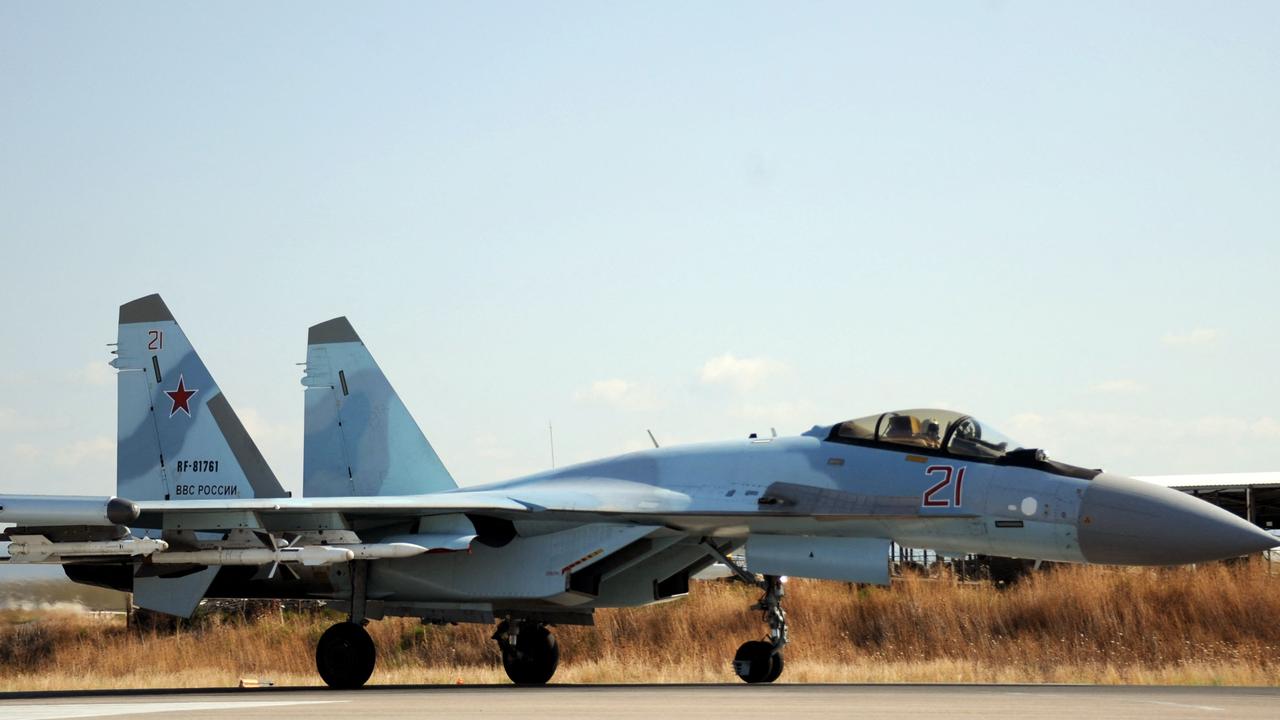
It’s not known if the US planes were actually carrying any nuclear weapons.
Flight tracking website Flightradar24 showed one B-52 taking off from a base in Spain, flying over Sweden and then into international airspace, where it was intercepted.
The plane continued to Estonian airspace before flying back over the Baltic Sea.
On March 15, British and German jets intercepted a Russian aircraft close to Estonia’s border. The two nations are currently patrolling the skies of the ex-Soviet state and now NATO member.
A Russian air-to-air refuelling aircraft did not communicate its flight plan with Estonian air traffic control. However, the Russian aircraft did not enter Estonia’s air space.
Interceptions of Russian aircraft near national borders is routine, even some distance from Russia itself.
But last week, a Russian Su-27 jet struck the propeller of the MQ-9 Reaper drone – forcing it to crash into the sea.
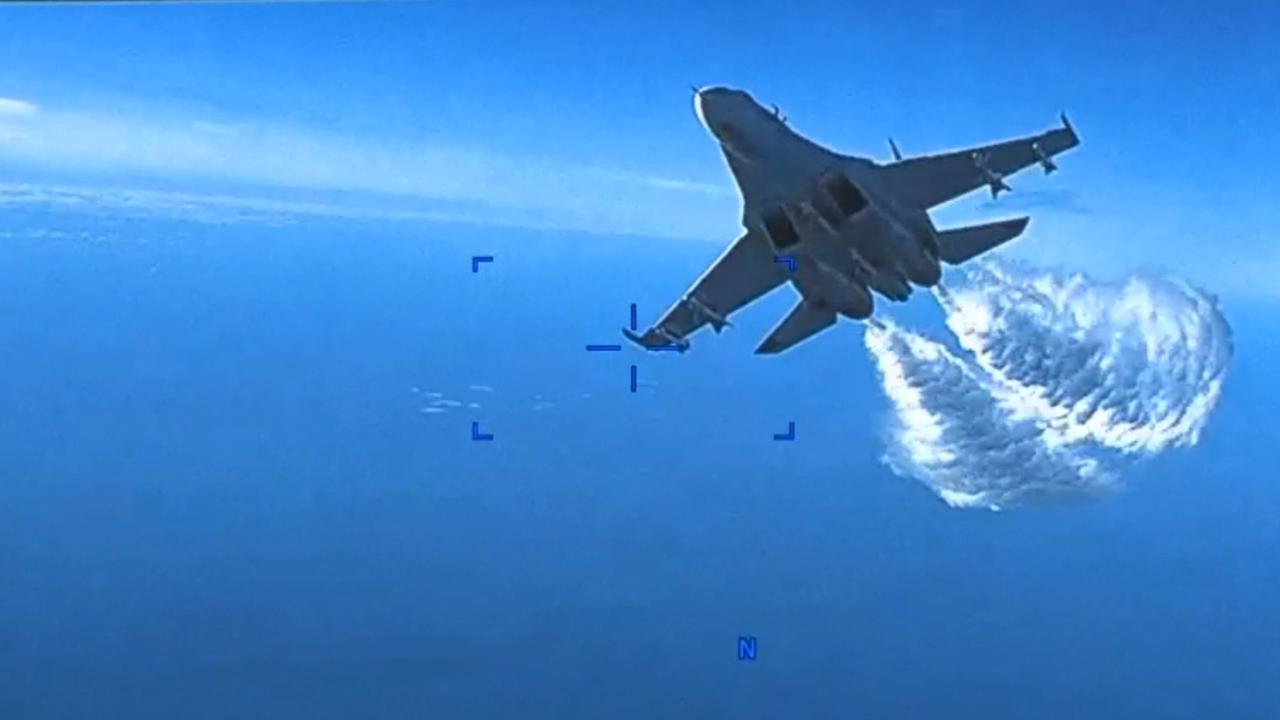
The drone was taken down while flying near Russian-occupied Crimea and the Ukraine frontline on Tuesday.
Prior to the collision, two Su-27s had “dumped fuel on and flew in front of the MQ-9” in a “reckless” and “unprofessional” manner, the US military said.
Footage of the moment was released by the US European Command.
It showed one of the Russian fighter jets zooming towards the drone before flying above it – dumping fuel on it.
Senior US officials had been worried for months that some sort of incident over the Black Sea could lead to miscommunication and confrontation.
The Russians said the drone manoeuvred sharply and crashed into water after its fighter jets were scrambled to intercept it near Crimea.
Moscow denied its warplanes came into contact with the drone and insisted they didn’t fire their weapons to shoot down the drone, which would have been an act of war.
The area has seen intense NATO military activity and is close to the front lines of the Ukraine war.
The Russians reportedly said they won the race to retrieve the drone from the 3000 feet under the Black Sea.
More Coverage
The bringing down of the drone is part of Russia’s increasingly dangerous pattern of behaviour that experts fear could spark a wider conflict.
US researchers the RAND Corporation have compiled a report detailing hundreds of such incidents in recent years which they describe as “coercive signalling”.
This is designed to send a message to the US and other NATO planes and ships through “unsafe and unprofessional” conduct – with Russian aircraft increasingly armed.





